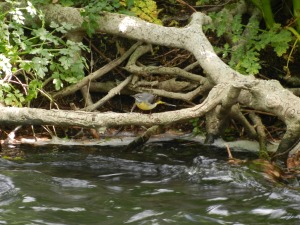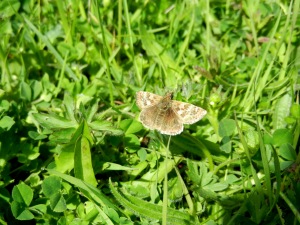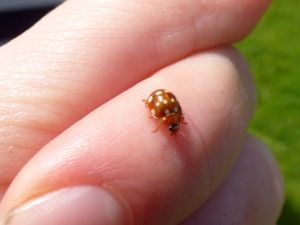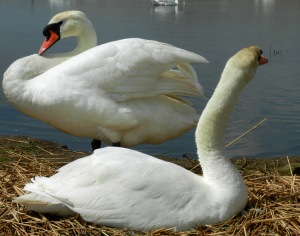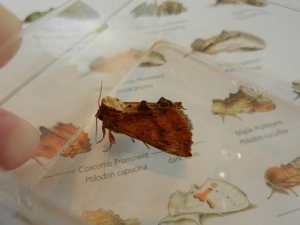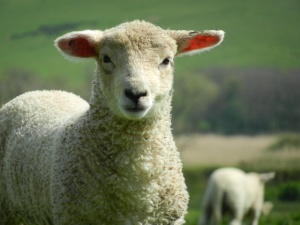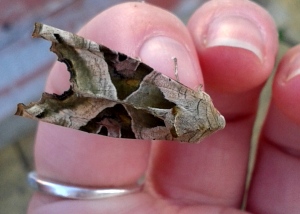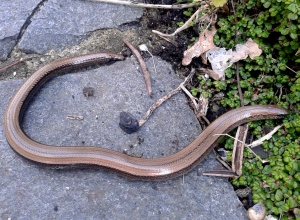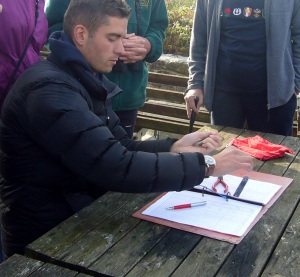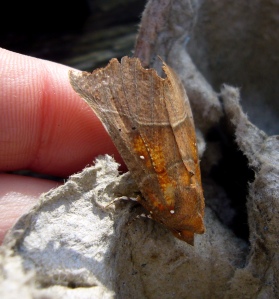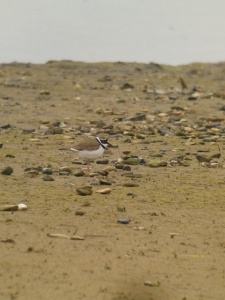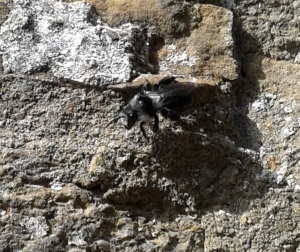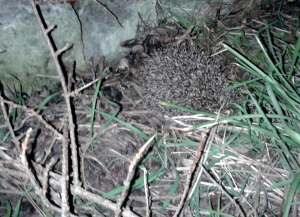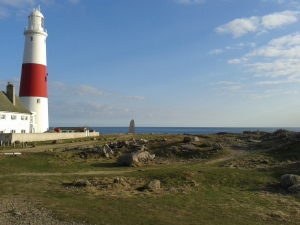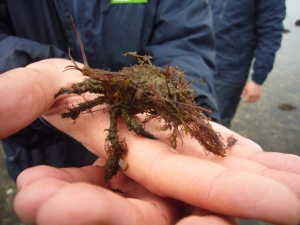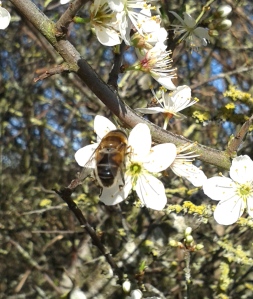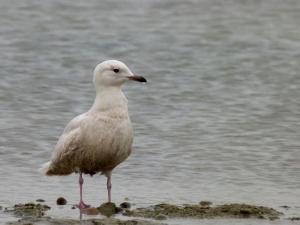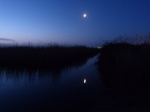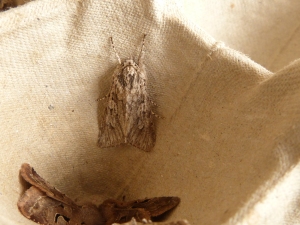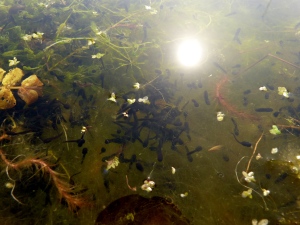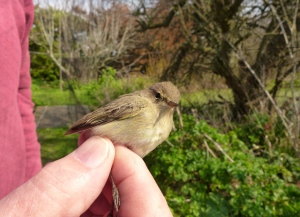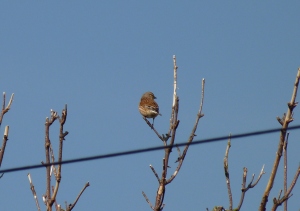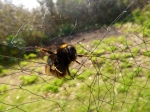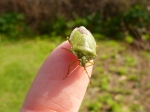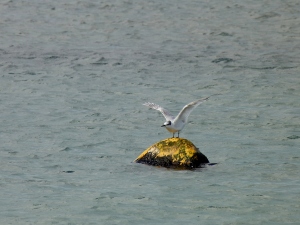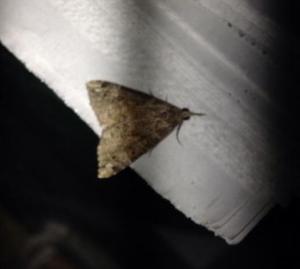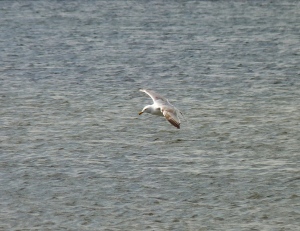If I cease searching, then, woe is me, I am lost.
I came across the above quote when trying to decide on the post title (when tired, my brain can’t think of quotes so I resort to the internet). It’s by Van Gogh, and I’d say it is very true here. I love searching out new wildlife and / or new information, and to no longer do so would mean that I would no longer be me (and thus, I would be lost). The past week has been no exception – I’ve been to new places, seen new species and met new people, so safe to say that I’m still myself!
But before that, I managed to forget an important photo from last week’s blog post – a rare photo of myself!
I was extremely excited about Tuesday’s adventure as we were out looking for dormice (also bats and veteran trees, but they’re not as cute and fluffy as dormice!). Unfortunately nobody told the dormice I was excited to meet them as we had a grand total of zero in the nestboxes. Oh well, I’ve met some before. We did see plenty of other interesting wildlife as we were on a lovely reserve called Kilwood Reserve.
- A very impressive tree
- Wild strawberries! Very yummy
- Sarah doing some tree worshipping
- Chloe explores the undergrowth
- Stinking Iris
- More tree admiring
After the woodland adventures, I was off another trip to Surrey. My last foray there saw me getting excited about damselflies, and rightly so because they’re stunning insects by anyone’s measurement. This trip also included some amazing wildlife – the damselflies again, but also some bees (always good to see), orchids and a new species of butterfly for me, what I believe is a Dark Green Fritilliary!
- Underside of wings of the Dark Green Fritillary
- A Dark Green Fritillary
- A Meadow Brown butterfly
And of course, I cannot miss out one of the best wildlife sights of my visit – a dunnock nest hidden away within the vines on the farm!
Back in Dorset, the latter half of the week was a whirlwind of excitement. Beginning with a walk with my traineeship mentor, Emily Brown, on Chesil Beach and Hamm Beach to practice some wildflower ID.
- Biting Stonecrop
- Restharrow
Naturally, we also saw a variety of insects, as well as a juvenile Pied Wagtail (one of my favourite birds!)
- Male Common Blue Butterfly
- Juvenile Pied Wagtail
My weekend kicked off in Swanage, where I got to camp on the seafront (practically on the beach itself) before assisting with the Wild About Swanage event. One of my morning assignments was to walk along the beach (sandy beach so I had to be barefoot!), handing out flyers to everyone. I tell you, that was arduous work!
The weekend continue with a joint event between the Dorset Branch of Butterfly Conservation and the Dorset Moth Group, running a moth trap up at Broadcroft Quarry. Again I got to camp (note to self: take an eyemask and earplugs when camping AND moth trapping! [light from the moth trap and noise from the generator!]), which was very exciting – even though I was only a mile or so from where I live. Many thanks to the groups for this event, it was brilliant! Special thanks to Nigel Spring for the barbeque and running the event, and to Sean Foote and Jack Oughton for doing most of the identification.
As expected, we caught a great variety of moths and I have to admit that I have probably forgotten the names of most of them by now!
- Small Elephant Hawkmoth
- Garden Tiger Moth
There were many many Six-spot Burnet moths flying about as well, I actually found these two in the act!
In the morning, we headed out for a wildflower / butterfly walk which, again, saw me coming across new species of butterfly. (to myself, not to science) – Marbled White, Silver-studded Blue, Small Blue and Small Skipper.
- Female Silver-studded Blue Butterfly
- Male Silver-studded Blue Butterfly
- Female Small Blue Butterfly
- Male Small Skipper Butterfly
- Marbled White Butterfly
And as I left Broadcroft Quarry, I saw this beautiful Kestrel hovering and hunting for its dinner.
NB: You may have noticed that I’ve been playing around with the presentation of photographs, feedback would be appreciated on which style(s) you like!

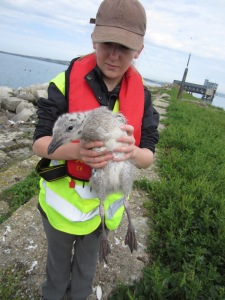


























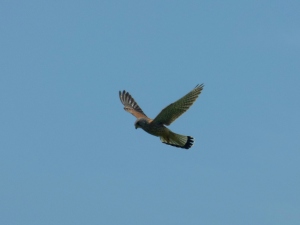



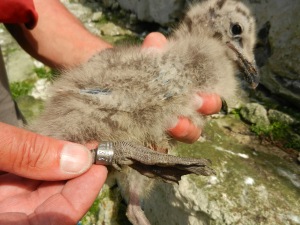

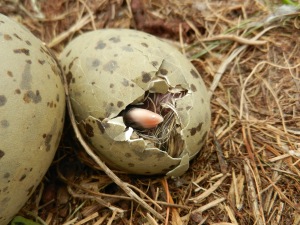



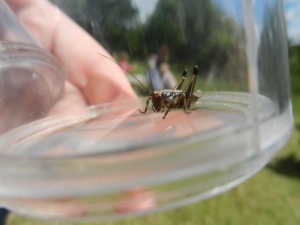








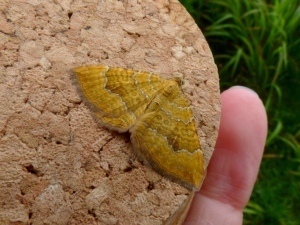
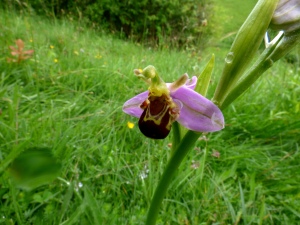
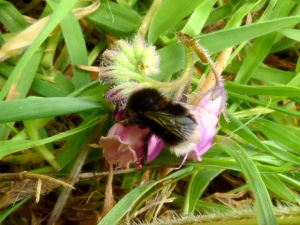

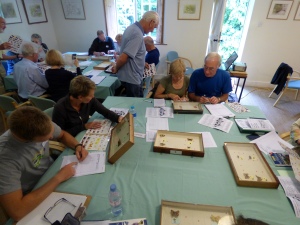
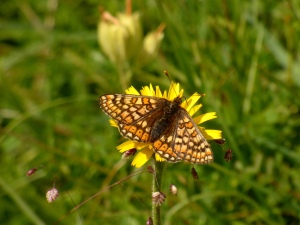
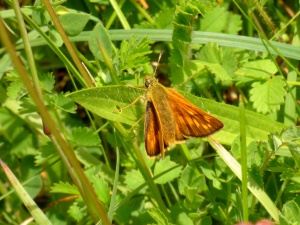

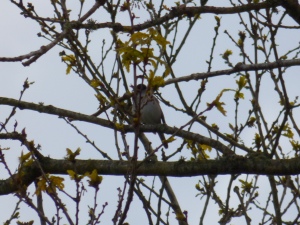

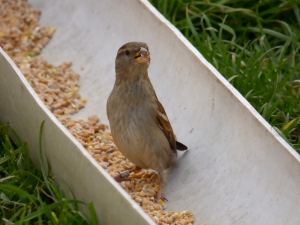
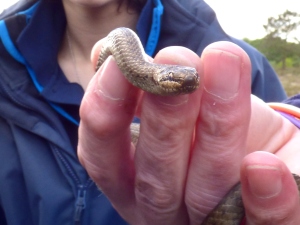
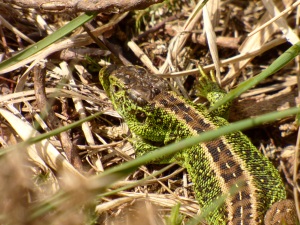

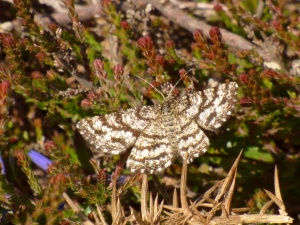
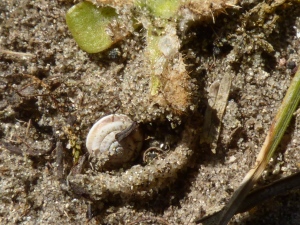

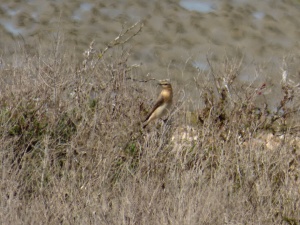






![Scarce Blue-tailed Damselfly (note the end segments of the abdomen [tail])](http://mshersby.files.wordpress.com/2014/05/p1030105.jpg?w=300)
